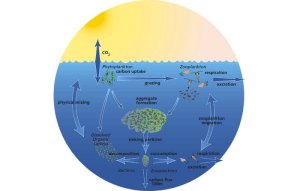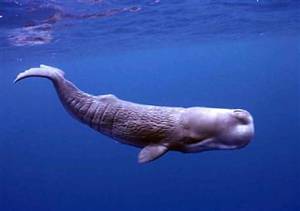The discovery of nearly identical sea creatures on either side of a now solid Antarctic ice sheet — 1,500 miles wide and over a mile thick — points to an open ocean passage there as recently as 125,000 years ago.
The new evidence adds to geologic clues indicating the West Antarctic Ice Sheet has collapsed at least once in the last million years, and could do so again in a warmer climate. The complete collapse of the West Antarctic Ice Sheet would raise global sea level by 11 to 16 feet.
“The West Antarctic Ice Sheet can be considered the Achilles heel of Antarctica,” biologist David Barnes of the West Antarctic Survey, lead author of the study, said in a press release. “Our research provides compelling evidence that a seaway stretching across West Antarctica could have opened up only if the ice sheet has collapsed in the past.”
As part of the Census of Antarctic Marine Life, scientists were looking at the distribution of different species of bryozoans, small filter-feeders that are attached to the sea floor as adults (top image). They found that the populations of bryozoans were remarkably similar in two different seas separated by the ice sheet, the Weddell and the Ross.
“Because the larvae of these animals sink and this stage of their life is short — and the adult form anchors itself to the sea bed — it’s very unlikely that they would have dispersed the long distances carried by ocean currents,” Barnes said. “Our conclusion is that the colonization of both these regions is a signal that both seas were connected by a trans-Antarctic sea way in the recent past.”
“This biological evidence is one of the novel ways that we can look for clues that help us reconstruct Antarctica’s ice sheet history,” Barnes said. The study appears in Global Biological Change.
The West Antarctic Ice Sheet is already considered to be highly vulnerable to climate change, but estimates of when it might collapse vary from a few hundred to a few thousand years.
Read More http://www.wired.com/wiredscience/2010/08/antarctic-passage/#ixzz0yH1cDspW







